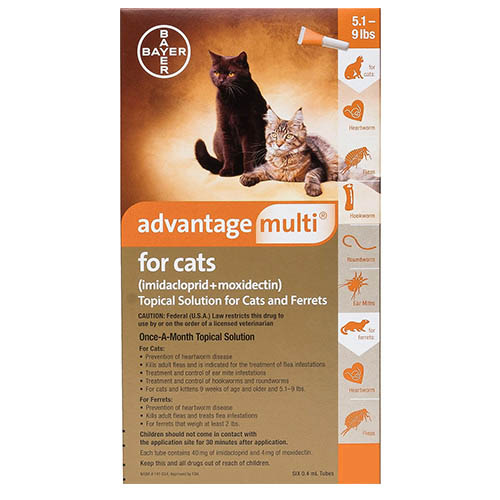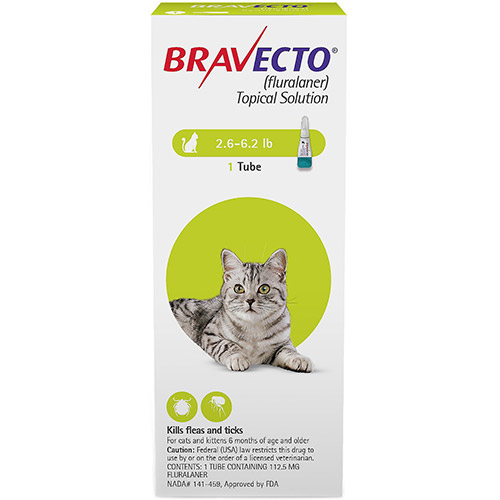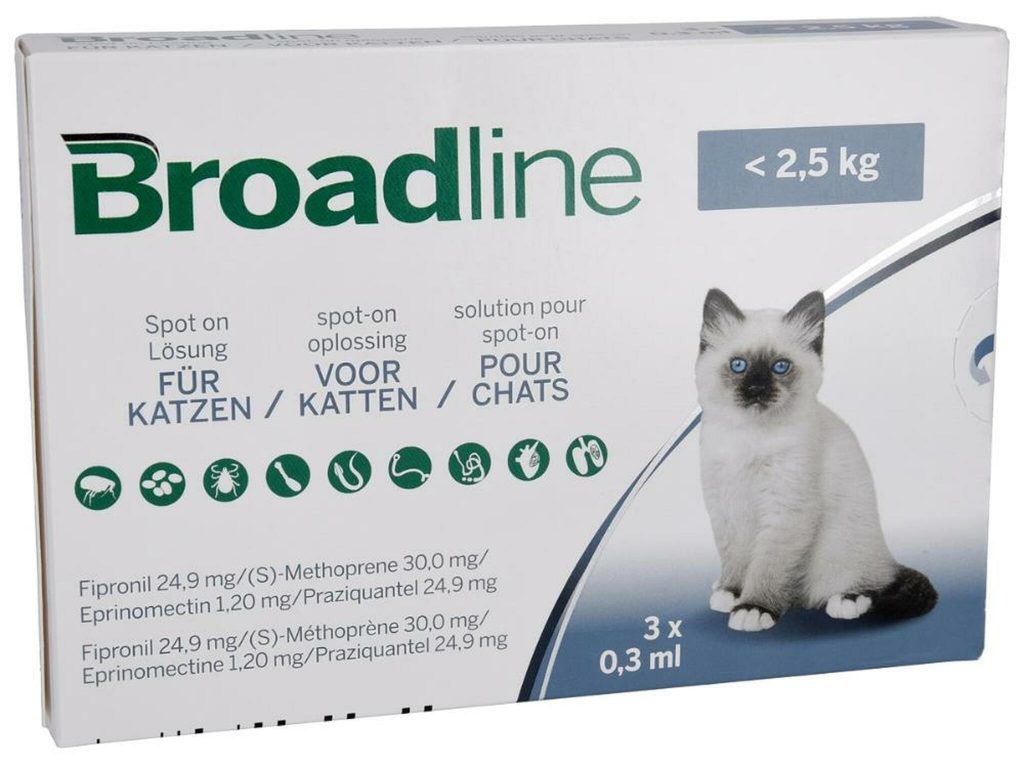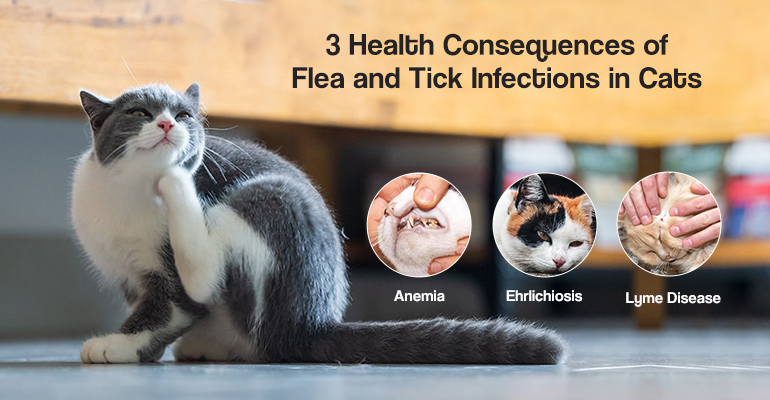3 Health Consequences of Flea and Tick Infections in Cats
If you think fleas and ticks are all about itching, skin rashes and irritation for your feline, you are flirting with danger.
Both of these parasites are well-capable of making the lives of our furry companion miserable and causing a lot of trouble for us as a result. This is why it is necessary to understand the gravity of the repercussions these insects cause and the ways of getting rid of them for the better living of our feline children.
Fleas and ticks not only cause all kinds of diseases to our pets, but some of them carry zoonotic pathogens and transfer illnesses to humans as well. These parasites cause severe health complications in our feline companions and sometimes the illness results in death as well. This article enlists the three most dreadful illnesses caused by fleas and ticks in cats.
1. Anemia
Anemia is a condition in which the cat’s body is not able to produce the adequate amount of red blood cells. Red blood cells carry the oxygen the body needs to perform various functions on a day-to-day basis. And when the body is not able to get enough oxygen, it can result in severe health consequences.
Fleas take blood meal from the host cats to survive and reproduce themselves. Red blood cells are an extremely important component as they carry and supply oxygen to the body’s tissues. When felines are excessively infested, these parasites take a significant amount of blood from the cat’s body that leaves the host animal with a remarkably reduced amount of red blood cells. This condition is known as Anemia. If the blood loss is severe, the condition can be fatal for the animal.
The common symptoms of flea anemia in cats include lethargy, weakness, pale gums, rapid breathing and blood in feces and/or in vomit.
Treatment of flea anemia is simple. Mild anemia is easy to treat with adequate treatment plan; whereas acute or instant anemia can be fatal for your cat. If the blood loss is inconsequential, collaborative administration of vitamins and supplements along with flea treatments can be the best way to establish normal blood level counts. Advantage for cats is an effective flea control treatment for cats. This spot-on formula is easy-to-administer and provides protection for a complete month. In the case of serious blood loss, blood transfusion is necessary. Talk to the veterinarian about the best-suitable treatment option for your furry friend.

Advantage Multi for Cats
dvocate is a combined flea and worm spot on treatment that not only kills fleas but also hookworms, roundworms, heartworm and Otodectes ear mites.
2. Ehrlichiosis
Ehrlichiosis is a tick-borne illness caused by Ehrlichia risticii and Ehrlichia canis. When the infected tick takes the blood meal from the host cat, they transmit the disease to the host animal within three to eight hours of attaching to the cat. The development of the ailment is known to be similar to that of dogs.
Transmitted by ticks, Ehrlichiosis is an uncommon illness in cats. The rickettsial parasites invade numerous cells of feline body including platelets and leucocytes, and starts interrupting their functions, destroy them from inside and kill the cell in the end. As the infection gets worse, it results into the mass destruction of cells. If not diagnosed and treated in a timely manner, it could lead to a lethal medical condition.
Signs of Ehrlichiosis in cats include, but are not limited to loss of appetite, fever, weight loss, swollen eye and joints, and lethargy.
Treatment of Ehrlichiosis depends on the condition of the illness. In acute condition, the vet may prescribe antibiotics to curb the microbial infection of ehrlichiosis. In severely ill cats, the veterinarian may go for intravenous therapy that includes blood transfusion.
Prevention of fleas and ticks in the first place should be the preferred method to save the animal from the infection. Bravecto spot-on for cats is a vet-recommended flea and tick preventative treatment for cats. This topical parasitic treatment stays effective and protects our feline companions for 3 months.

Bravecto Spot-On for Cats
Bravecto Spot-On for Cats is a strong product with great active ingredients that works effectively against fleas and ticks for straight 3 months.
3. Lyme Disease
Lyme disease in cats is a bacterial disease caused by borrelia burgdorferi bacteria and commonly transmitted by deer ticks, or black-legged ticks.
After the tick is attached to the cat, it takes 2-3 days for the tick to transfer the bacteria to the host animal that cause them Lyme disease. The disease has an effect on various critical organs such as the heart, kidneys, nervous system, and joints. This is why looking for ticks on your cat, every now and then is extremely important.
Although symptoms of Lyme disease in cats are rare but include fever, lameness, loss of appetite, touch-sensitivity, inflammation of joints and difficulty in breathing.
Antibiotics are the first line of vet-preferred treatment for Lyme disease in cats. If organs such as the kidneys, heart are impacted, additional treatment may be required to control the damage. Tick prevention is one of the most effective ways to safeguard the animal against all tick infestations. Broadline Spot-On treatment for cats is a proven treatment to curb the parasite population.

Broadline Spot-On for Cats
Broadline Spot-On is a broad spectrum treatment for both internal and external parasites in cats.
Explore Further : How Prevalent Is Tick-borne Disease In Cats?





Pingback: 3 Health Consequences of Flea and tick infections in cats | petawareness